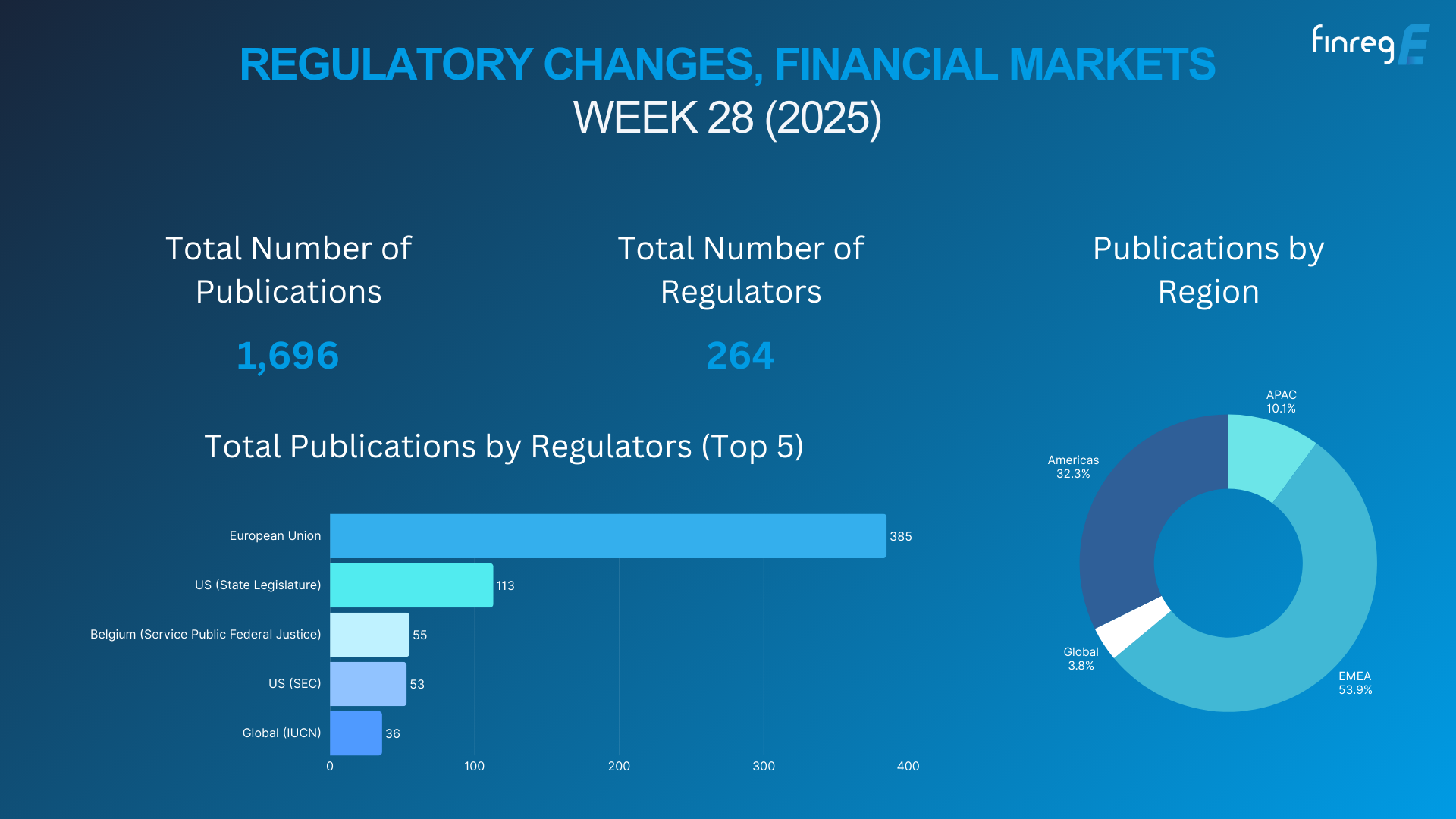Over the last decade, we have seen the rise of technology across industries, and the finance industry was, and still is, at the forefront of this digital transformation.
As the business world goes through Industry 4.0, technology has become an integral part of financial institutions. Everything from customer acquisition, service delivery, payment processing, and recovery depends on digital tools.
For all its benefits, however, technology adoption has also introduced certain complications into the financial industry—security and privacy concerns, to name some of the most significant.
Regulators have recognised these threats and are introducing new policies and amending existing laws to handle the disruptions brought about by the boom of the digital economy, leading to a significant increase in compliance costs across the industry.
In fact, a study on financial service providers across the APAC region has revealed that, between 2005-2016, compliance costs increased by 20%-35% per year.
Another study reported that, on average, banks spent 7% of their non-interest spending on compliance. The figure stands at 9.8% for small community banks and 5% for large commercial banks.
What we can expect is that the cost of compliance will keep increasing in the foreseeable future. Fortunately, there are certain strategies you can pursue to reduce this type of spending.
The leading causes of increased compliance spending
It’s important to understand that the increase in compliance spending is not a result of a single piece of regulation but rather a combination of regulatory and non-regulatory factors.
The demand for digital financial services
Before the advent of the internet and the smartphone, financial institutions thrived using tried and tested service delivery models.
Today, however, the financial industry is faced with the challenge of evolving consumer preferences. Individuals increasingly prefer digital financial services that allow them to carry out transactions with the touch of a button from the convenience of their homes.
Despite being a novel and cost-effective way of delivering financial services, however, FinTech offerings are inherently at more risk of non-compliance.
Additionally, FinTech services are also subject to non-financial data protection guidelines, leading to complex regulatory requirements.
The dynamic nature of the regulatory landscape
As mentioned earlier, regulators are introducing and updating policies and guidelines at an increasing rate, making financial compliance complex and expensive. For example, the introduction of Open Banking regulations in the UK and PSD2 in the EU have only exacerbated the complexity of the compliance landscape in these regions.
Moreover, the penalties for non-compliance have become heftier in recent years, increasing the pressure on financial institutions.
Market segmentation
By nature, digital financial services are location-agnostic, which means that these services can go beyond the borders of their traditional scope—think of online payment systems like PayPal and Payoneer.
That said, each region has its own financial regulations, and financial institutions have to comply with these guidelines as they expand into newer locations.
Strategies to reduce the cost of compliance in financial institutions
Taking a proactive approach to compliance
Traditionally, compliance workflows in financial institutions are reactionary. New rules and regulations are incorporated into existing workflows only when enforced by authorities, increasing the probability of redundant and obsolete processes.
By taking a proactive approach, financial service providers can update their compliance tasks as soon as new regulations are proposed, allowing them to eliminate inefficiencies and reduce the risk of penalties.
Digitising compliance workflows
Ironically, technology can be the primary cost-cutting tool for financial institutions when it comes to compliance. By leveraging RegTech solutions, financial services providers can automate their processes including horizon scanning, documentation, monitoring, and reporting, reducing the need for human resources.
Reallocating resources to high-risk areas
As RegTech tools reduce the burden on human resources, the skills and expertise of specialists can be better employed to handle more risky and critical tasks, which increase accuracy and reduce non-compliance risks.
This, in turn, has a positive effect on compliance costs.
Financial institutions can follow the latest best practices to reduce the cost of compliance
Many leaders in the finance industry view compliance as one of the biggest risks facing banks and other financial service providers and allocate a significant portion of their budgets to ensure regulatory compliance.
By leveraging the power of technology, including AI-driven automation, and identifying why compliance spending is at an all-time high, financial institutions can reduce their risks and expenses significantly.





